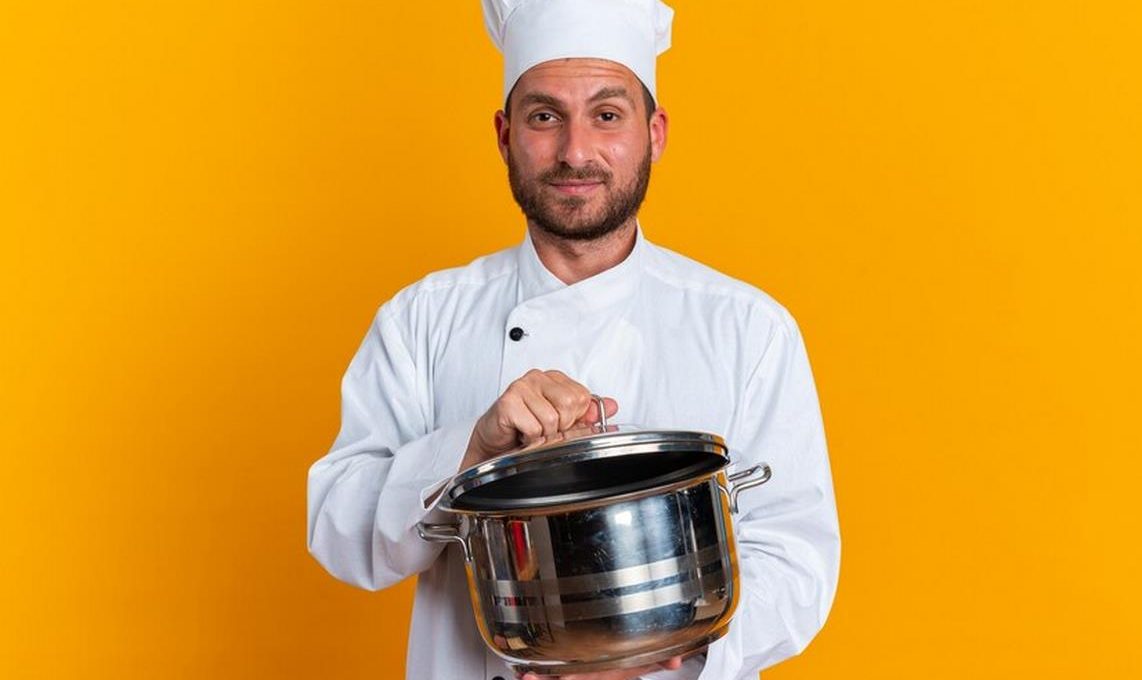When it comes to making homemade lasagna, it’s important to follow some basic steps. You’ll want to follow the temperature in your oven, cover it, and check for doneness. And you’ll need to include the correct amount of vegetables, such as mushrooms and spinach. These tips should help you make the best lasagna possible. However, you can always add more vegetables to your lasagna, if you like.
Oven temperature
You need to make sure that you know how to correctly calculate the oven temperature for cooking lasagna. Most lasagna recipes have at least three layers, and you can increase this if you like. Regardless of the number of layers, you should use the temperature below 350 degrees Fahrenheit. It should be warm enough to cook the pasta but not so hot that it burns. This is why it is important to pre-heat the oven before you begin cooking your lasagna.
A common oven temperature for cooking lasagna is 350 degrees Fahrenheit. Lower temperatures require longer cooking time, but will help the pasta become tastier. Depending on the size and type of the lasagna, you may have to bake two or more at the same time to get the desired amount of cooking time. As a general rule, lasagna should be cooked at this temperature for about 20 minutes. Alternatively, if you plan to freeze leftover lasagna, you should freeze it overnight and thaw it in the microwave.
Lasagna can be made up to a month in advance. If you’re making it for a holiday, it’s a great make-ahead recipe. Simply prepare the sauce, noodles, and cheese and bake it. It keeps well in the refrigerator for at least 5 days. To reheat leftover lasagna, you can simply microwave it or reheat it in a 350-degree oven. Once it’s ready to serve, it’s time to remove it from the oven and serve it.
The ideal oven temperature for cooking lasagna depends on the number of layers and the amount of moisture in the core components. A moderate oven temperature of 350 degrees Fahrenheit is ideal for this type of lasagna. Ideally, it should be baked for at least 30 minutes, but this can vary depending on the amount of ingredients and the thickness of the lasagna noodles. If you use regular lasagna noodles, it will take longer to cook than no-boil lasagna noodles.
Before baking, thaw frozen lasagna. You can use a microwave to partially thaw it. For individual pans, microwave works well. Using a microwave prevents uneven heating and dryness. For larger pans, use the oven method to ensure the lasagna is cooked thoroughly. But if you’re baking lasagna straight from the freezer, be sure to check the packaging for the cooking time and temperature.
Covering
Traditionally, lasagna is baked with a sauce on top, usually tomato-based marinara or bolognese. Covering the lasagna while baking prevents the bottom layer from burning, and ensures that the entire dish bakes evenly. However, some recipes call for lasagne to be served cold. Here are some tips for covering your lasagna while baking. Read on to learn more about this classic Italian dish.
First, prepare the sauce. Melt butter on low heat, then add flour. Whisk together until the mixture is golden in color. Next, add heavy cream and mix until smooth. The sauce should thicken enough to resemble a tomato sauce. Remove from heat, and spread the sauce over the lasagna sheets. Let it stand for 10 minutes before serving. Then, cover with a lid or a plate and enjoy! You can also serve lasagna with garlic bread, green salad, or kalamata olives.
Another important tip for baking lasagna is the time it needs to bake. It should be baked for around 20 minutes, then uncovered for 10 minutes before serving. Be sure to allow the lasagna to cool before removing the foil. The lasagna may look watery when first baked, but it will absorb the liquid as it rests. You can leave it uncovered until the last half-hour of cooking. You don’t have to cover the lasagna the entire time.
The bottom layer of lasagna noodles always sticks to the baking pan, which makes it difficult to evenly spread the filling over the sauce. When covering the lasagna, place a thin layer of sauce on top of the noodle. This will keep the sauce from sticking and will prevent the lasagna from burning. Moreover, the lasagna noodles will soak up extra moisture from the sauce, so that the top layer will be crispy. After you have covered your lasagna with a cover, you should carefully place it on the baking tray.
Checking for doneness
When baking a lasagna, it’s important to check for doneness. The internal temperature of the lasagna should be at least 165 degrees Fahrenheit. A toothpick inserted into the center should come out clean. If it’s not, the lasagna should be reheated. After baking, remove the lasagna from the oven and allow it to cool for 5 minutes. Check the cheese on top and see if it has melted.
When baking a lasagna, it’s important to keep an eye on the noodles. Pasta should reach al dente, but it’s also important to be sure that it’s not overcooked. It should be cooked through, but it shouldn’t be mushy or rubbery. Also, if the sauce is too thick or too thin, the pasta will be mushy or dry. It’s also important to wait at least 10 minutes before serving the lasagna, to make sure the sauce has melted and the noodles have cooled.
To ensure even cooking, preheating the oven before baking lasagna is crucial. A fully preheated oven will prevent temperature fluctuations and provide an accurate temperature reading. Since different ovens reach temperature at different times, it’s important to preheat the entire oven. Even if you’re placing the lasagna in different areas of the oven, preparing the casserole with the right temperature will ensure that the lasagna is baked evenly.
The lasagna should be thoroughly heated. Use a food thermometer to check the internal temperature. It’s best to use a thermometer that can be placed inside the lasagna to be sure it’s done. The lasagna should be hot enough to melt the cheese, but not so hot that it falls apart. To avoid this, you should add a sauce to the lasagna. The sauce adds flavor and prevents the pasta from drying out while cooking.
Once the sauce is hot, add the meat. Add the white Alfredo sauce and seasonings. Mix well. Simmer over medium heat. Meanwhile, add the noodles. Ensure the noodles are al dente. If the noodles are not al dente, drain them in a colander and then add them to the sauce. Cook until the noodles are heated through and bubbly on top. Check for doneness when cooking lasagna
Vegetables to use in lasagna
If you’re cooking a vegetable lasagna for a potluck, you’ll want to cook them a bit longer than the usual time. This will prevent them from releasing too much water and ruining the final dish. The easiest way to remove the excess liquid is to squeeze them with paper towels. If you don’t have time to make your own Alfredo sauce, jarred Alfredo sauce can be substituted.
When it comes to filling your lasagna, the spinach should be cooked in a bit of olive oil until wilted. Then, stir in the ricotta mixture, parmesan cheese, and a bit of basil. Once the mixture is ready, add the noodles and top with the remaining sauce. If you want to make your veggie lasagna even easier to eat, try substituting cottage cheese for ricotta cheese.
Once the sauce has cooled, cover the dish with foil and bake for about 25 minutes. After that, uncover the pan and let it rest for another 10 minutes before serving. When you serve the lasagna, it’s best served with a green salad. If you’d like to double the recipe, use a rectangular baking pan. A glass/ceramic dish also works well. You can also bake your lasagna uncovered for about 30 minutes.
To make the perfect vegetable lasagna, follow the above recipe. This dish is a light, comforting casserole that’s full of healthy vegetables. It only takes about half an hour to prepare and a 9 x 13-inch baking dish. Make sure to layer your vegetables and ricotta sauces. Do not overlap your sheets. Once you have added the veggies, you can top it with the remaining sauce and cheese.
Vegetable Lasagna is a delicious, healthy way to use up a bounty from your garden. The creamy ricotta filling and layers of garden vegetables are the perfect way to use up any leftover veggies from your fridge. If you aren’t a vegetarian, you can switch to fresh vegetables and use doctored tomato sauce instead. It’s just as delicious as the traditional version but healthier.
Podobne tematy




